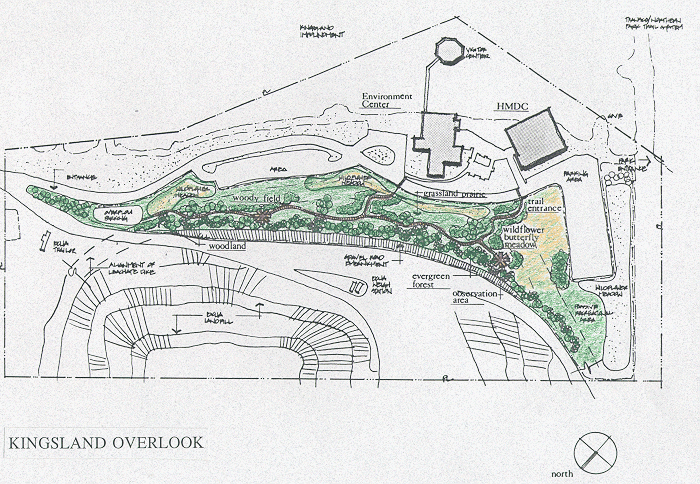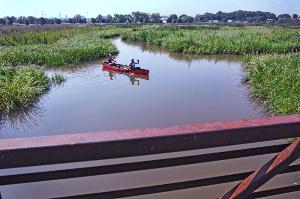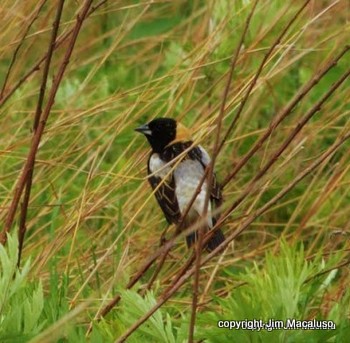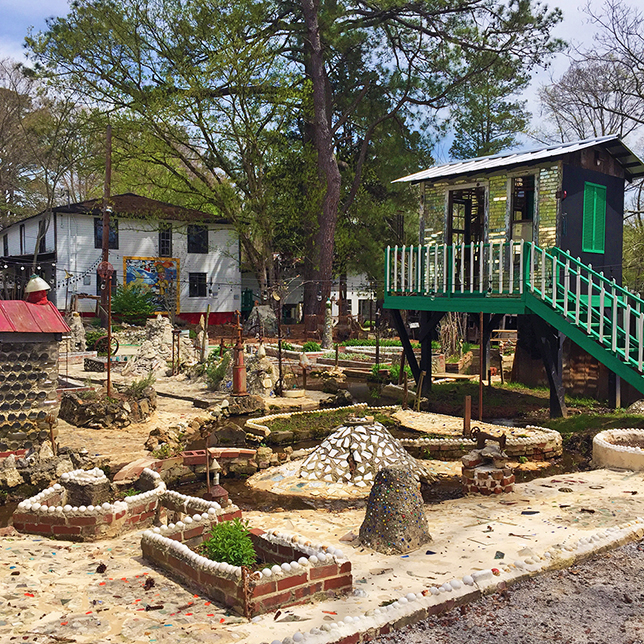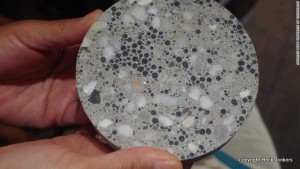Did you know that Kingsland Overlook was one of the first public parks to be built on a landfill anywhere? I recently came across an article on Inhabitat titled Eight Great Parks Created from Landfills. It shows how far we’ve come. And it got me wondering how much today’s DeKorte Park visitors really know about its history.
It’s hard to imagine, 26 years after ground was broken, that this lush landscape – rich with native vegetation, scores of birds, and other wildlife – was a giant pile of garbage. But that’s what it was when the agency then called the Hackensack Meadowlands Development Commission decided to establish its headquarters here, ending the spread of the landfill and creating DeKorte Park. The photo below shows how the site looked in 1977. The HMDC began construction of its headquarters in 1983. Stay tuned for Part 2 of the DeKorte story, coming soon.

